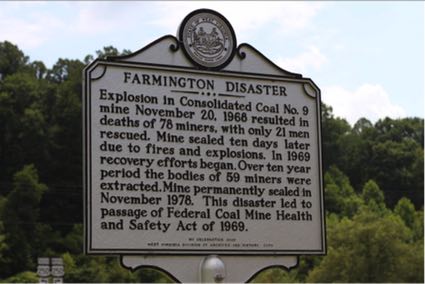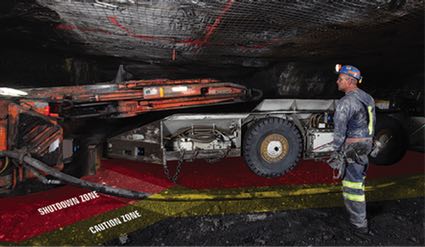
â€
Enhancing Mine Safety Through Proximity Detection Technology
Mining is one of the most dangerous jobs in the world, with workers constantly exposed to high-risk environments. On the surface, large machinery and limited visibility make it hard to spot smaller vehicles or pedestrians, increasing the likelihood of collisions. Underground, confined spaces, poor lighting, dust, and heavy equipment create an even more hazardous atmosphere. According to data from the CDC’s Office of Mine Safety and Health Research, over 40% of severe mining injuries—such as fatalities and permanent disabilities—between 2000 and 2007 were caused by collisions, pinning, crushing, or striking incidents.
In response, the Mine Safety and Health Administration (MSHA) has introduced new rules requiring the installation of Proximity Detection Systems on continuous mining machines. These advanced systems use radar, sonar, GPS, and cameras to detect when a person or object enters the path of a machine. When this happens, the system automatically stops the equipment, potentially saving lives.
Proximity Detection Systems are already being used globally and have proven effective in both surface and underground mines. Although MSHA has approved several commercial systems, its current standards focus mainly on spark and thermal ignition safety rather than performance metrics. This gap highlights the need for ongoing improvements and stricter guidelines to ensure these technologies truly enhance worker safety.
Despite progress in safety measures, mining accidents still occur. The Office of Mine Safety and Health Research notes:
- Three to four people die each year at surface mines due to collisions or falling off unseen edges.
- Since 1984, 33 miners have been killed in accidents involving continuous mining machines.
- A proximity detection system that can stop equipment could have prevented 80% of these deaths.
- MSHA estimates that such technology could prevent up to 20% of all mining-related fatalities.
HJ3 is dedicated to developing the strongest carbon fiber solutions for industrial applications, with a strong focus on improving safety across different sectors. As technology continues to evolve, the dream of eliminating mining accidents is becoming more attainable every day.
â€

â€
â€
1. Welding Machines - A welding machine is an essential tool for any welding job. It is used to create a welding arc that melts the metal being joined, allowing it to fuse together.
2. Welding Electrodes - Welding electrodes are metal rods that are used to conduct electricity and create an arc. They are coated with a flux that helps to protect the weld from contamination and oxidation.
3. Welding Wire - Welding wire is used in the MIG welding process to feed the welding arc with a continuous supply of wire. It is available in different thicknesses and materials, such as stainless steel, aluminum, and mild steel.
4. Welding Helmets - Welding helmets are designed to protect the welder's eyes and face from the intense light and heat produced during welding. They come in different styles and designs, including auto-darkening helmets that automatically adjust to the brightness of the welding arc.
5. Welding Gloves - Welding gloves are used to protect the welder's hands from heat, sparks, and other hazards associated with welding. They are made from materials such as leather and Kevlar and come in different sizes and styles.
6. Welding Safety Glasses - Welding safety glasses are designed to protect the welder's eyes from the intense light and UV radiation produced during welding. They are available in different shades and styles.
7. Welding Filler Metals - Welding filler metals are used to add material to the weld joint to create a strong, durable bond. They come in different materials, such as stainless steel, aluminum, and bronze.
8. Welding Clamps - Welding clamps are used to hold the metal being welded in place during the welding process. They come in different sizes and styles, including C-clamps, locking pliers, and magnetic clamps.
9. Welding Flux - Welding flux is used to protect the weld from contamination and oxidation during the welding process. It is available in different types, including powder, paste, and liquid.
10. Welding Gas - Welding gas is used in the TIG and MIG welding processes to shield the welding arc from contamination and oxidation. It is available in different types, including argon, helium, and carbon dioxide.
Welding Products,Slip Roller,Galvanized Roofing Sheets,Coating Sheet Metal
Suzhou Gold ant Precision Sheet Metal Co.,Ltd , https://www.jmysheetmetal.com
![<?echo $_SERVER['SERVER_NAME'];?>](/template/twentyseventeen/skin/images/header.jpg)